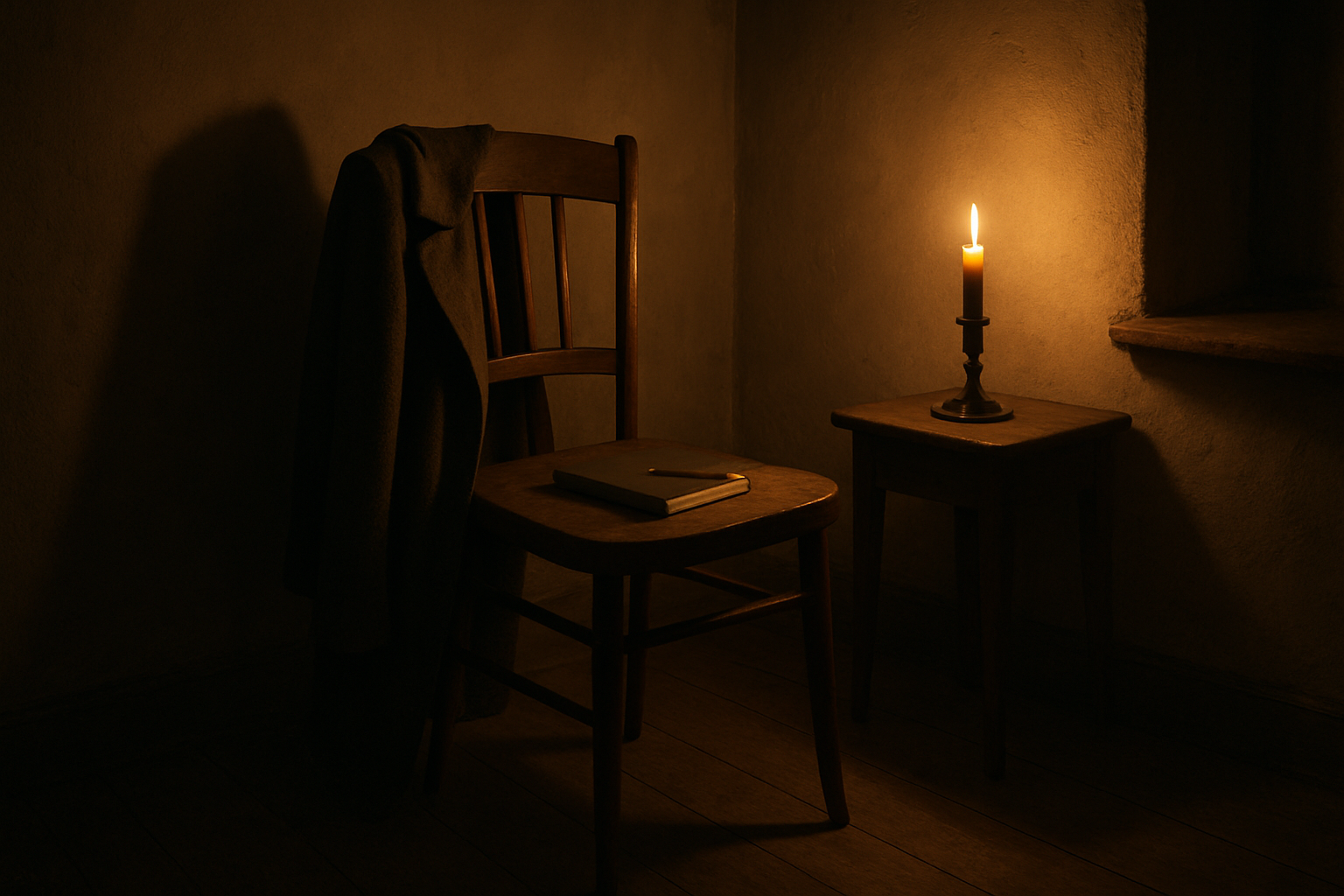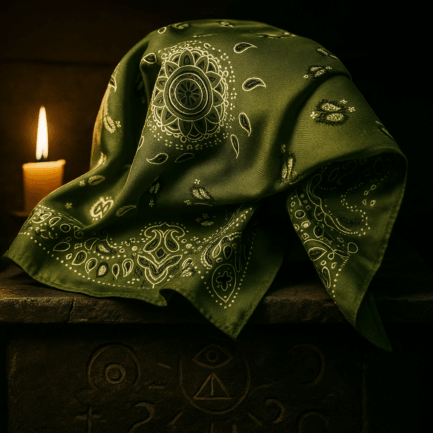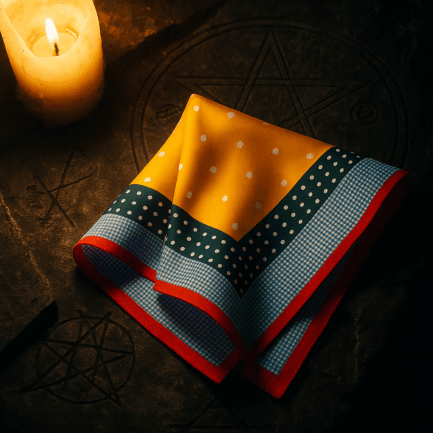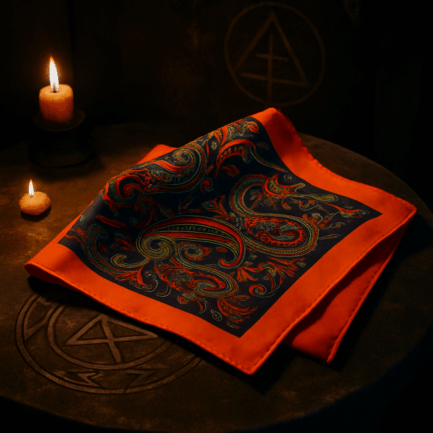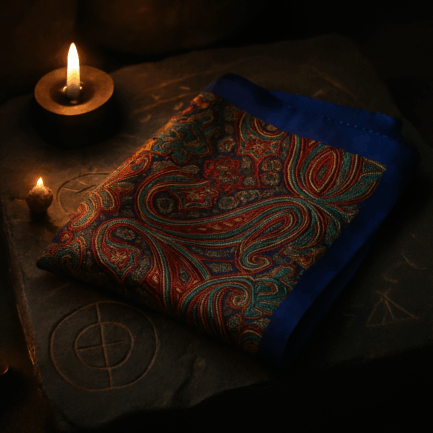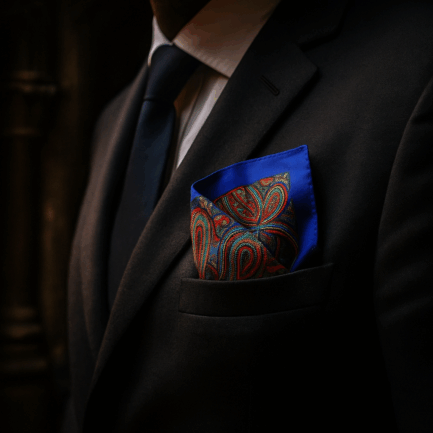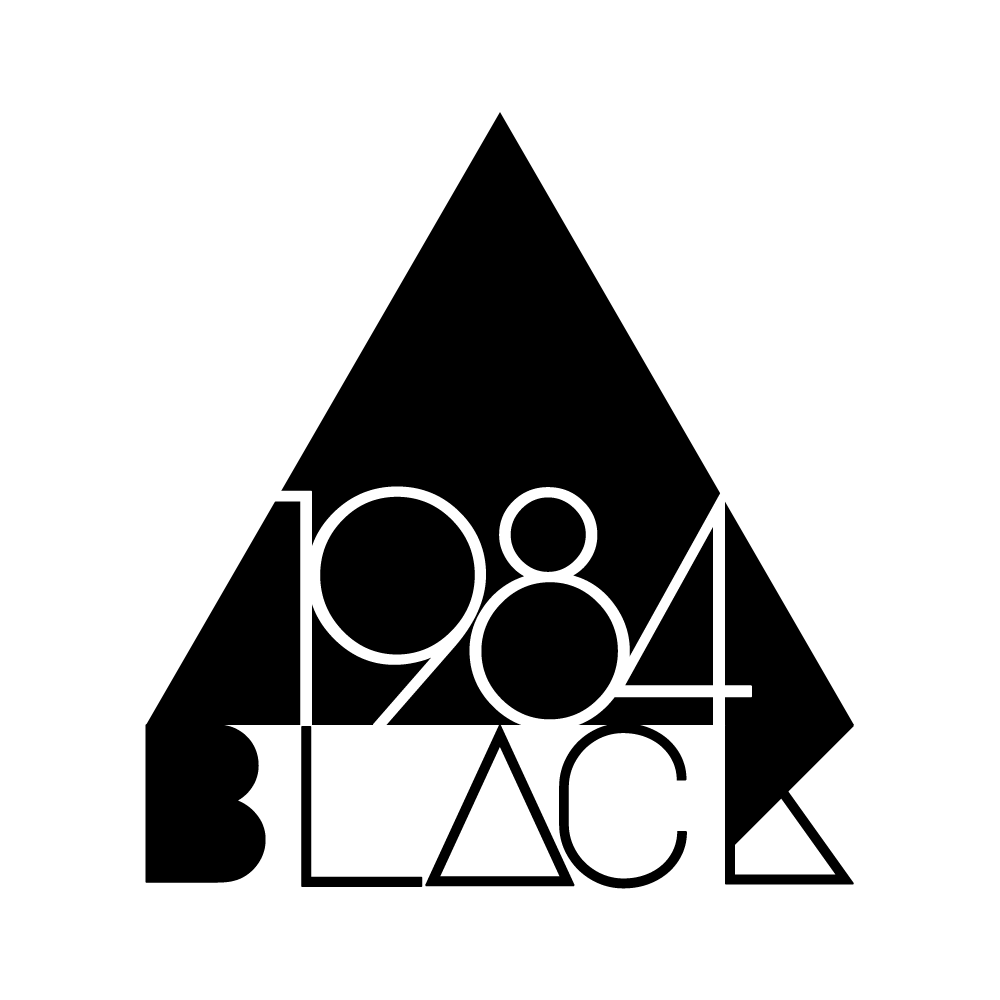We are meaning-makers.
But we are also meaning-holders.
And sometimes, the strongest thing you can do is not reach.You feel it in moments of silence, when the question arrives, and you choose not to answer it.
In the long pause before a decision.
In the space between impulse and interpretation.
This is Negative Capability;
the quiet skill of remaining inside uncertainty, without demanding it resolve.And perhaps it never should.
The Origins: A Poetic Defiance of Closure
John Keats coined the phrase in 1817. He saw it not as a weakness, but as a superpower.
Negative Capability was, to him, the defining quality of a great writer:
“To be in uncertainties, Mysteries, doubts, without any irritable reaching after fact and reason.”
It wasn’t laziness. It wasn’t indecision.
It was presence.
A kind of disciplined openness.
The ability to sit in the fog and not demand a map.
Before Keats, mystics practiced it.
Sufis spun in circles, not seeking answers, but dissolving into questions.
Koans in Zen are designed not to be solved, but to be sat with.
The sacred is not decoded. It is endured.
Uncertainty Is Not Emptiness
To hold uncertainty is not to be blank.
It is to be available.
Negative Capability allows complexity to breathe.
It allows contradictions to coexist.
You can mourn and still laugh.
You can doubt and still move.
You can believe, but lightly.
In a world trained to chase certainty—this is radical.
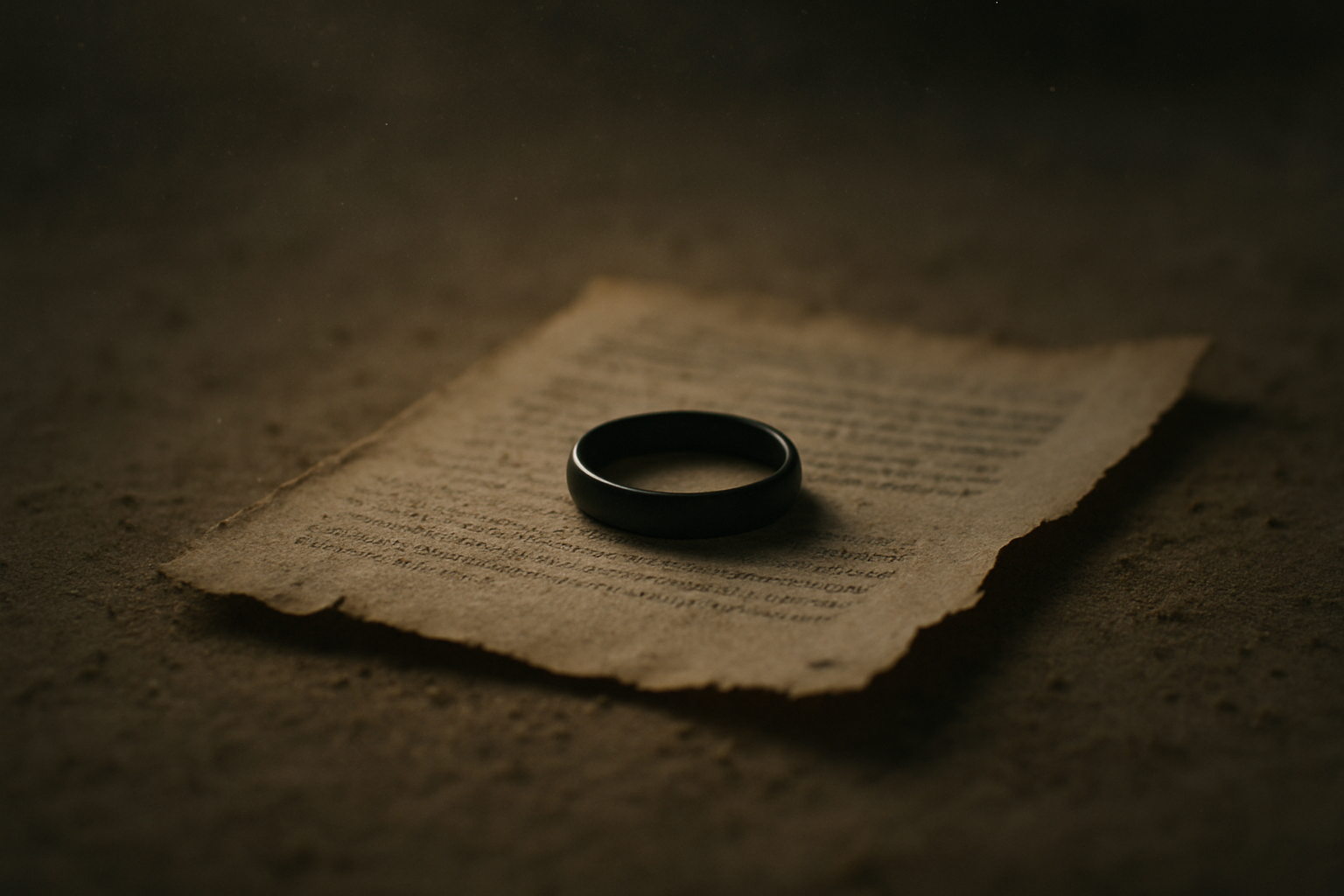
Dressing for the Unresolved
What does Negative Capability look like in cloth?
It looks like restraint without coldness.
Structure without stiffness.
A button fastened with precision, but not perfection.
A color that can’t quite be named.
A garment that suggests heritage, but claims no flag.
The person who dresses this way isn’t undecided.
They’re listening.
They wear tones that don’t explain themselves.
They repeat elements across days, not out of habit, but to test the echo.
They leave space—in the outfit, in the air around them—for the unsaid.
They do not dress to resolve.
They dress to remain.
At 1984.black, We Resist the Need to Define
Our pieces are not declarations.
They are invitations.
To wear a slightly worn lapel pin with no story.
To choose a silk pocket square not for color, but for weight.
To pass a hand over a tie’s weave and feel a question rise—and let it linger.
We do not rush to answers.
We wait.
And in that waiting, something forms.
Not clarity.
But truth.
Hidden Facts & Lesser-Known Connections
- Keats died young, never fully explaining the term. That’s the point.
- Sufi mystic Rumi wrote, “Sell certainty and buy bewilderment.” This is Negative Capability in poetic form.
- Zen monks meditate on impossible riddles—not to solve them, but to see differently.
- In physics, Heisenberg’s Uncertainty Principle says the more precisely you know one thing, the less you know another. Even matter resists full knowing.
- In Tarot, the High Priestess sits between columns of light and shadow. She answers nothing. She guards the veil.
Closing Reflection
To the rational mind, uncertainty is discomfort.
To the capable, it is capacity.It means stillness.
It means trust.
It means you are not trapped in the need to know,
but free to sense what is becoming.Some call it vagueness.
We call it reverence.


